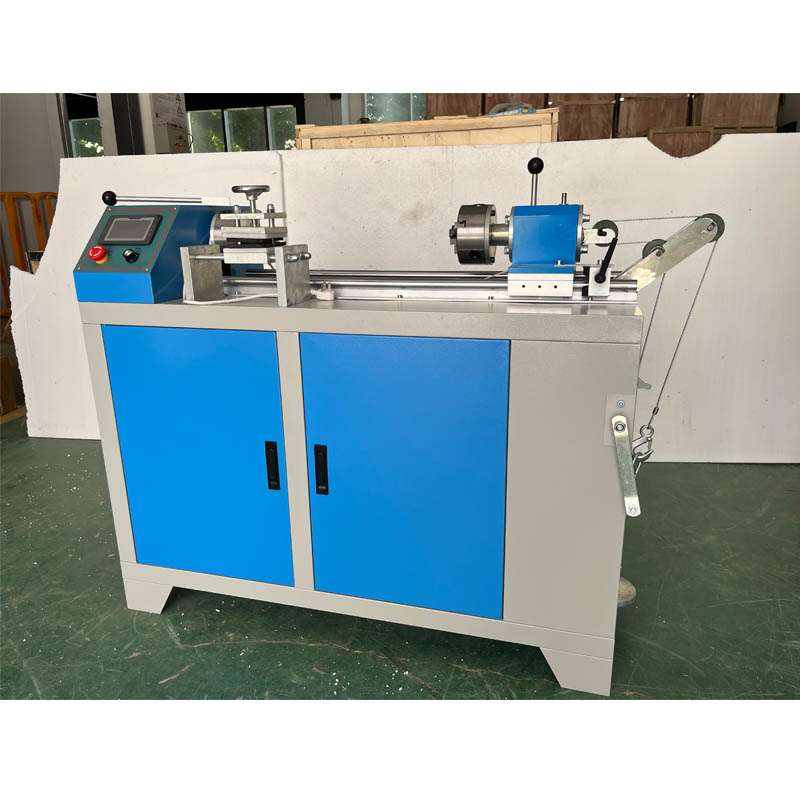Analyzing Projector Performance Through Detailed Measurement Techniques and Standards
Understanding Projector Measurements A Comprehensive Guide
In today's digital age, projectors have become an essential tool for both personal and professional use. Whether for presentations in a boardroom, a movie night at home, or a classroom session, having the right projector is crucial for delivering quality visuals. However, selecting the right projector involves understanding various measurements and specifications. This article delves into key projector measurements, helping you make informed decisions.
1. Resolution
One of the most critical measurements for any projector is its resolution. Resolution dictates the clarity and detail of the image projected. Common resolutions include
- SVGA (800x600) Suitable for basic presentations where high detail isn't necessary. - XGA (1024x768) Offers a step up in clarity, handling standard slideshows and videos well. - HD (1280x720) Ideal for home theaters, providing sharp images for movies and videos. - Full HD (1920x1080) The standard for most modern projectors, offering high-quality images suitable for professional and home use. - 4K (3840x2160) The latest standard, providing unparalleled image quality for gaming and cinematic experiences.
Choosing the right resolution depends on your specific use case, ensuring that the visuals meet expectations.
2. Brightness
Measured in lumens, brightness indicates how well a projector can display images in various lighting conditions. A projector's brightness is paramount, especially in environments with ambient light.
- Less than 1000 lumens Best for dark rooms or home use. - 1000-2500 lumens Suitable for dimly lit rooms or small conference spaces. - 2500-4000 lumens Ideal for moderate lighting conditions, such as classrooms or slightly lit offices. - Over 4000 lumens Necessary for large venues or outdoor use, where high ambient light levels are present.
Selecting a projector with adequate brightness for your environment ensures that the images are clear and vibrant.
3. Throw Ratio
Throw ratio refers to the distance a projector needs to be from the screen to produce a given image size. It is expressed as a ratio, such as 1.51. This ratio helps you determine how far back you can place a projector based on your screen size.
projector measurements

- Short throw projectors These have a low throw ratio (typically under 1.0) and can project large images from short distances, making them ideal for smaller rooms. - Standard throw projectors With ratios ranging from 1.0 to 2.0, these are versatile and suitable for most applications. - Long throw projectors These require more distance to produce images, making them suitable for larger venues and auditoriums.
Understanding the throw ratio is essential for setting up your projector in the intended space.
4. Aspect Ratio
The aspect ratio of a projector defines its width-to-height ratio. Common aspect ratios include
- 43 Traditional ratio often used in presentations. - 169 The standard for most HD content, including movies and TV shows. - 1610 Common in business environments and ideal for presentations.
Knowing the aspect ratio required by your content ensures that images are not distorted or cropped during projection.
5. Contrast Ratio
Contrast ratio measures the difference between the darkest black and the brightest white a projector can produce. A higher contrast ratio results in more vibrant colors and greater detail in shadows. For instance
- 10001 Basic images suited for presentations. - 30001 and above Typically found in home theater projectors, providing rich color and depth.
A good contrast ratio is especially crucial for cinematic experiences where detail in dark scenes enhances the viewing experience.
Conclusion
When selecting a projector, understanding key measurements such as resolution, brightness, throw ratio, aspect ratio, and contrast ratio is essential. Each specification impacts the projector's performance and suitability for specific environments and content types. By considering these factors, you can choose a projector that meets your needs, ensuring that your visuals are clear, engaging, and impactful. Whether for work or play, the right projector can enhance your presentations and viewing experiences significantly.
-
Why the Conductor Resistance Constant Temperature Measurement Machine Redefines Precision
NewsJun.20,2025
-
Reliable Testing Starts Here: Why the High Insulation Resistance Measuring Instrument Is a Must-Have
NewsJun.20,2025
-
Flexible Cable Flexing Test Equipment: The Precision Standard for Cable Durability and Performance Testing
NewsJun.20,2025
-
Digital Measurement Projector: Precision Visualization for Modern Manufacturing
NewsJun.20,2025
-
Computer Control Electronic Tensile Tester: Precision and Power for the Modern Metal Industry
NewsJun.20,2025
-
Cable Spark Tester: Your Ultimate Insulation Assurance for Wire and Cable Testing
NewsJun.20,2025
 Copyright © 2025 Hebei Fangyuan Instrument & Equipment Co.,Ltd. All Rights Reserved. Sitemap | Privacy Policy
Copyright © 2025 Hebei Fangyuan Instrument & Equipment Co.,Ltd. All Rights Reserved. Sitemap | Privacy Policy
